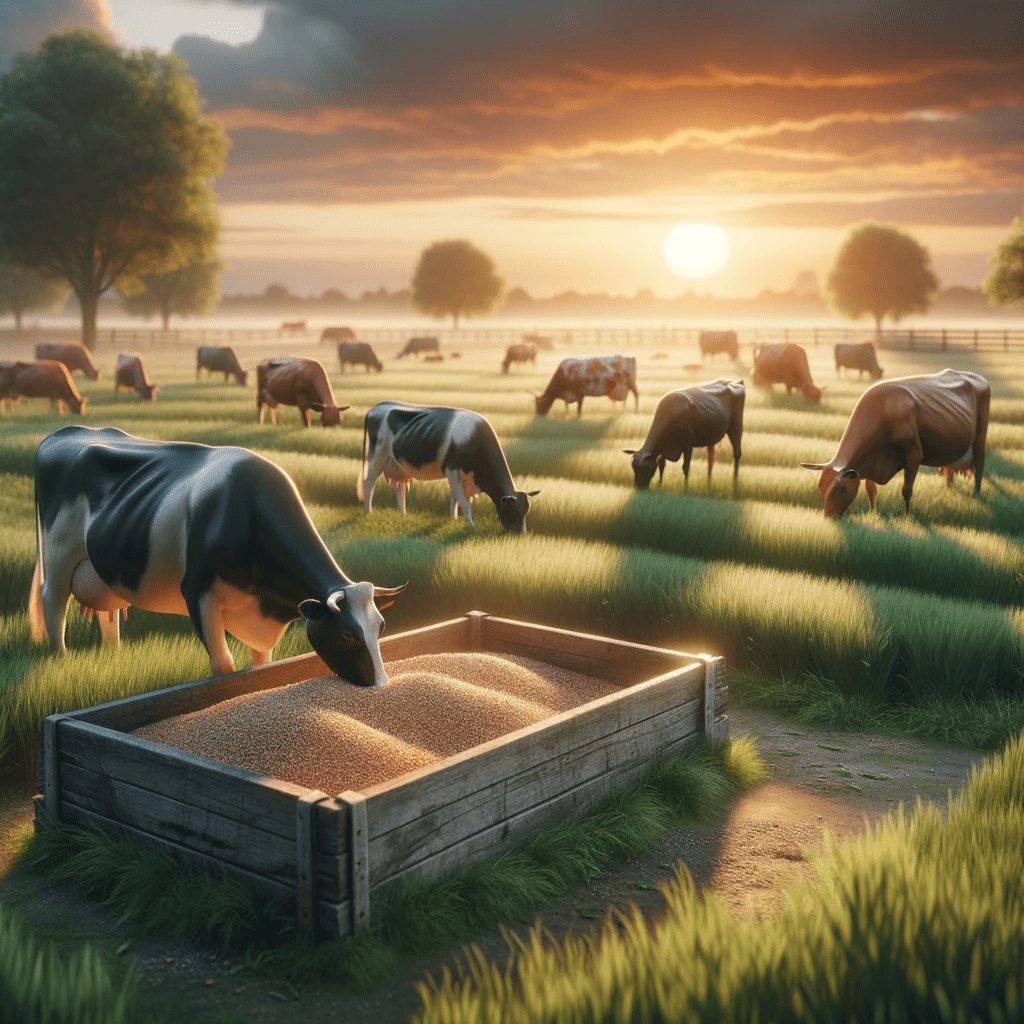Grass-fed vs. Grain-fed Beef
Grass-fed and grain-fed meats differ in farming practices, nutritional benefits, flavour profiles, environmental impact, and affordability.
The Meat on Your Plate
In the world of beef consumption, one of the most hotly debated topics revolves around the type of feed that cattle receive. The two most common types are grass-fed and grain-fed beef. The differences between these two types are significant, affecting not only the nutritional content but also the taste, environmental impact, and even the ethical considerations in cattle farming. This in-depth guide aims to provide a comprehensive understanding of grass-fed and grain-fed beef.
Understanding the Basics
What is Grass-fed Beef?
Grass-fed beef, as the name suggests, originates from cattle that are exclusively fed on grass and other forages throughout their lifespan. This diet consists primarily of pasture grazing during warm seasons and hay consumption during colder months. It’s important to note that the quality of grass-fed beef can vary based on the geographical location, as the quality of forage differs between regions.
What is Grain-fed Beef?
In contrast, grain-fed beef comes from cattle that, after an initial period of grass-feeding, are moved to feedlots and fed a diet primarily of grains, corn, and soy, often supplemented with vitamins and minerals. This diet is designed to optimize the cattle’s growth and weight, leading to a quicker maturation process.
Nutritional Differences
Grass-fed Beef Nutritional Profile
Grass-fed beef is known for its distinctive nutritional profile. It typically contains less total fat than grain-fed beef, resulting in fewer calories per serving. One notable benefit of grass-fed beef is its higher levels of Omega-3 fatty acids, which are linked to various health benefits. Moreover, grass-fed beef is rich in antioxidant vitamins, such as Vitamin A and E.
Grain-fed Beef Nutritional Profile
Grain-fed beef, on the other hand, tends to have a higher fat content due to the grain-based diet, resulting in more marbling in the meat. This marbling contributes to the flavor and tenderness of the beef. While grain-fed beef contains less Omega-3 fatty acids compared to grass-fed beef, it still provides a significant amount of essential nutrients like protein, iron, and zinc.
Taste and Texture
Flavor Differences
The diet of the cattle significantly impacts the flavor of the beef. Grain-fed beef tends to have a richer, juicier, and sweeter taste due to the higher levels of marbling. On the other hand, grass-fed beef often has a more robust, mineral-heavy flavor due to its leaner composition.
Texture Variations
The texture of the beef also differs based on the type of feed. Grain-fed beef is often tender due to the higher fat content, while grass-fed beef can be leaner and slightly tougher, requiring more careful cooking to prevent it from drying out.
Health Considerations
Both grass-fed and grain-fed beef are rich in essential nutrients and can form part of a balanced diet. However, the different nutritional profiles can influence their health impacts.
Grass-fed Beef Health Benefits
Grass-fed beef is lower in total fat, leading to fewer calories per serving. Its higher levels of Omega-3 fatty acids have been linked to numerous health benefits, including improved heart health and reduced inflammation. The antioxidant vitamins present in grass-fed beef also contribute to overall health.
Grain-fed Beef Health Benefits
Grain-fed beef, despite its higher fat content, is still a valuable source of essential nutrients. It is rich in protein, which supports muscle health and repair, and its iron content aids in oxygen transport in the body. While it has lower levels of Omega-3 fatty acids, it is still a nutritious option when consumed in moderation.
Environmental Impact
The type of feed also affects the environmental impact of beef production.
Grass-fed Beef and Environment
Grass-fed beef is often seen as more sustainable since it utilizes pasture and doesn’t rely on resource-intensive grain production. However, it requires more land and could contribute to deforestation if not managed responsibly. Additionally, grass-fed beef from distant locations, like Australia, could have a substantial carbon footprint due to transportation.
Grain-fed Beef and Environment
Grain-fed beef production can be more efficient in terms of land use, as cattle reach their target weight faster. However, it is dependent on grain production, which can be resource-intensive, and feedlots can concentrate waste, creating potential environmental challenges.
Ethical Considerations
Ethical considerations also come into play when comparing grass-fed and grain-fed beef.
Animal Welfare in Grass-fed Systems
Grass-fed cattle, spending their lives grazing in pastures, often have better living conditions compared to their grain-fed counterparts. This more natural lifestyle is seen as more humane by many consumers and animal welfare advocates.
Animal Welfare in Grain-fed Systems
Conversely, grain-fed cattle are typically moved to feedlots after an initial grass-feeding period. These high-density environments can raise concerns regarding animal welfare, although they allow for efficient monitoring and care of the animals.
Cost Implications
Generally, grass-fed beef is more expensive than grain-fed beef. This is primarily due to the longer time and larger land area required to raise grass-fed cattle to their target weight. On the other hand, grain-fed beef is usually more affordable due to the efficiency of the feedlot system.
Final Thoughts
Choosing between grass-fed and grain-fed beef ultimately depends on your personal preferences and priorities. Whether you prioritize taste, nutritional content, environmental impact, ethical considerations, or cost, both types of beef have their merits.
One crucial aspect to consider is the source of your beef. Buying from reliable, responsible producers can ensure the quality of your beef and the ethical treatment of the cattle. Regardless of your choice, both grass-fed and grain-fed beef can form part of a balanced, nutritious diet.


Buy & Order Online
Shop Now
Our 100% Australian owned and operated wholesale butcher has been a major supplier for Sydney’s restaurants, cafes and butchers over the last 20 years.
%


